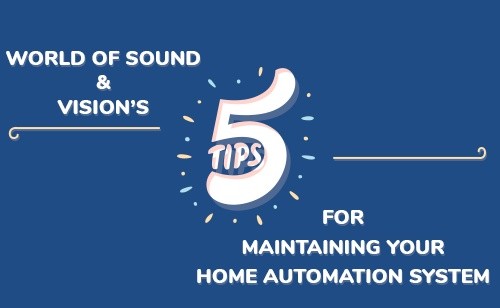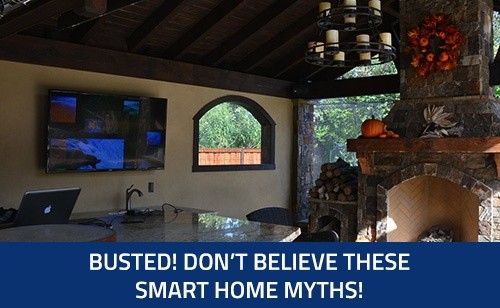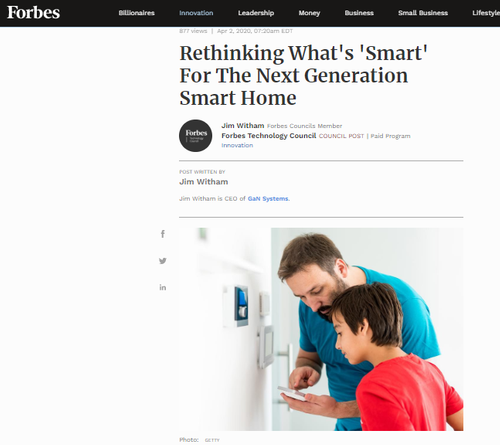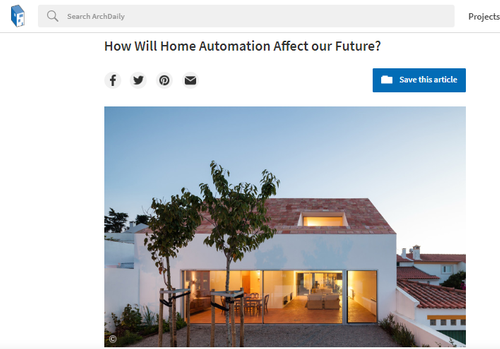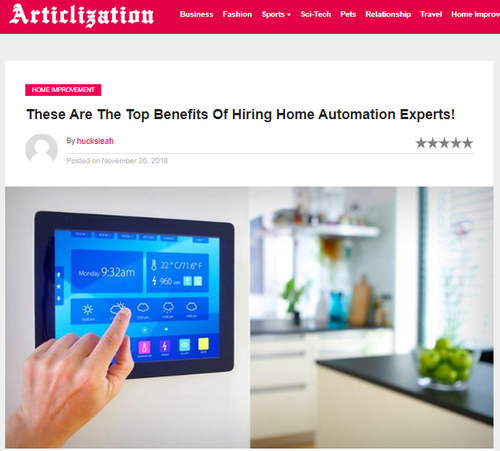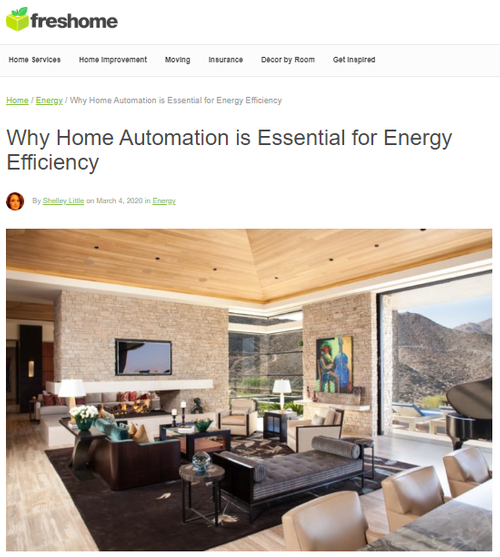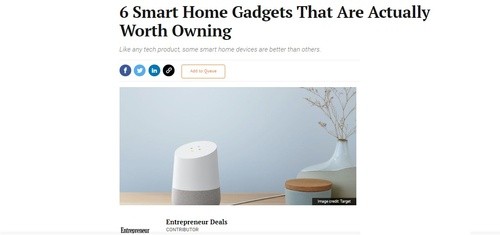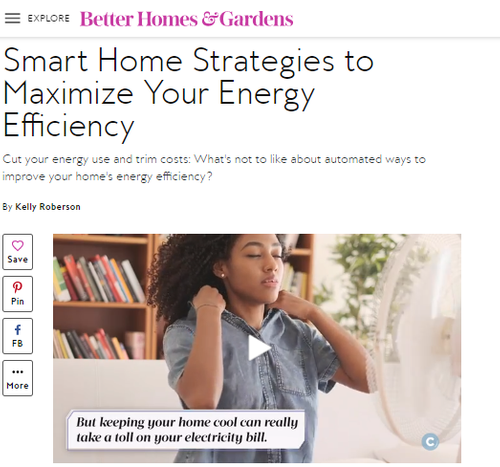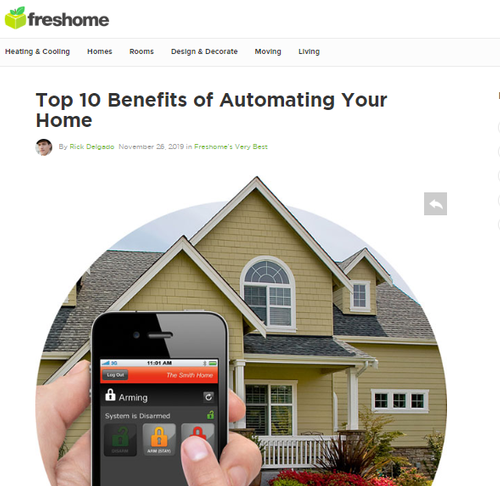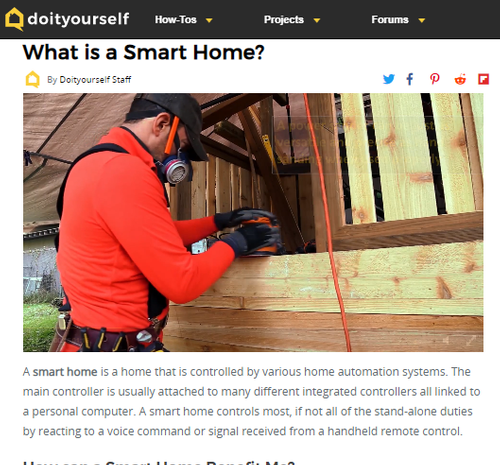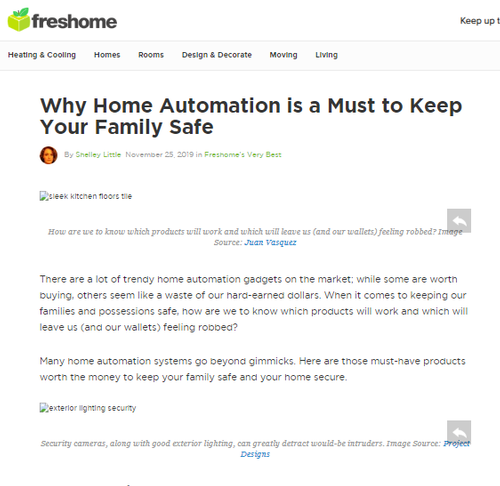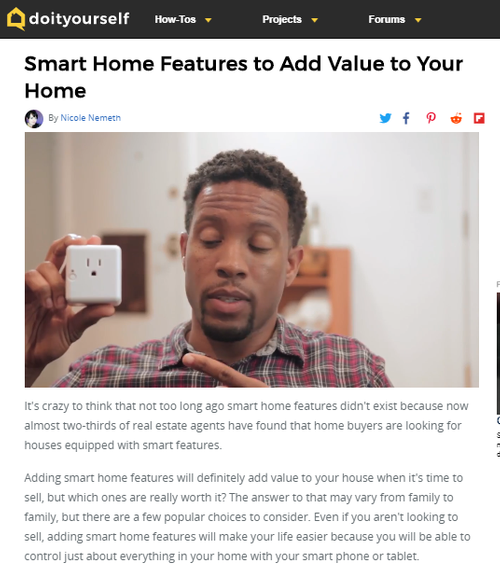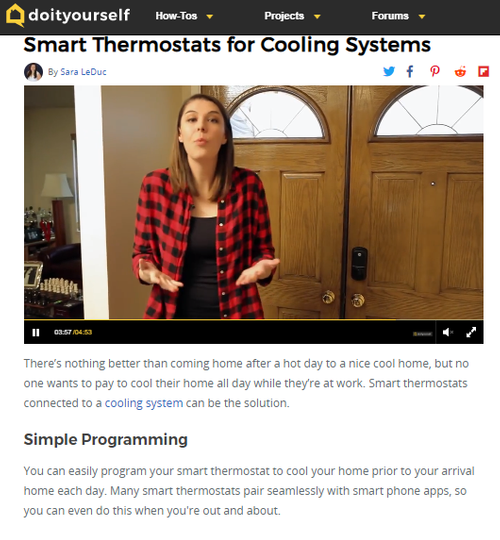A few years ago, home automation was only a concept you saw in movies, but today it’s a reality in many houses. Smart home products offer you more convenience and security as they can be controlled remotely, even from your cell phone while you’re at work or on vacation. Some automated devices respond to voice commands and others through the swift click of a button. Automation systems also enable energy efficiency in your home.
With centralized control and automated devices, you can manage several household appliances wirelessly, making the facilities in your home convenient and flexible to use. It assists in managing energy efficiently, and most importantly, it helps in increasing savings. However, as most consumers are unaware of the features of smart home devices, it’s easy for them to fall for baseless information about home automation systems being expensive and challenging to use. These misleading facts may dissuade them from purchasing a smart home system, thereby forfeiting great benefits and savings.
Too often, the fact that a technology merely exists drives the direction of implementation, rather than focusing on developing technologies in response to real and important human needs. This has often been the case for the “smart home” in its various stages of automation and intelligence. What would a “smarter home” look like if we more closely consider the interrelated nature of the technologies it requires versus looking at each in isolation? And what if we thought about those technologies in relationship to some of the most important social, economic, and environmental needs of our time?
Original Article Source Credits: Forbes, https://www.forbes.com/
Once restricted to luxury or super-tech buildings, home automation is proving to be an increasingly fundamental and affordable addition to architectural projects, whether to new buildings or renovations. While understanding how they operate can be extremely complex, the primary purpose of technology is to make life simpler, safer, and easier.
Original Article Source Credits: ArchDaily , https://www.archdaily.com/
By 2019, there will be 24 million homes that will feature smart home automation – according to the international market research company, Parks Associates. Why is this growth happening so rapidly? What are the reasons that home automation is on the rise? We have put together a list of benefits that you get to enjoy when you hire professional home automation experts.
Original Article Source Credits: Articlization , https://www.articlization.com/
It once seemed like something from science fiction, but home automation technology is here—and it may be the key to maximizing your home’s energy efficiency. Home automation includes any technology used to remotely control and monitor the function of your home’s systems—and can equal substantial savings when applied to energy efficiency.
Original Article Source Credits: Freshome, https://freshome.com/
Over the past few years, smart home products have dominated the gadget space, with goods ranging from innovative updates to the items we currently rely on daily (think smart TVs and kitchen appliances) to the emergence of new technology that has drastically changed how we operate at home, such as voice-assistants.
Original Article Source Credits: entrepreneur, https://www.entrepreneur.com/
Homes just keep on getting smarter. In 2020, we are already seeing some significant improvements in the automation of various elements within homes. IoT devices, such as Alexa, Google Home, and Apple Homepod, have made it easy to control smart appliances and devices. With Zion Market Research predicting the smart home automation market ballooning to over $53 billion by 2022, with a growth rate of nearly 15% per year until then, this technology is just starting to ramp up.
Original Article Source Credits: techtimes, https://www.techtimes.com/
Monitoring your home's energy usage, controlling solar shades and doors remotely, and setting routines for your thermostat and lighting are all part of today's smart home tech designed to make life easier. Invest in an automated system for your entire house, or dip a toe in the water with smart light bulbs or a smart thermostat. Whichever level of home automation is right for you at this stage in your life, you'll find that you're able to conserve energy and costs without feeling like you're cutting back at all.
Original Article Source Credits: Beautiful homes and gardens, https://www.bhg.com/
We live in a time unlike any other. With so many technological advancements at our fingertips, our lives are made easier, which is fortunate considering the fast-paced lives most of us lead. In recent years, great strides have been made in making homes a bit more “tech savvy.” This technology, in short, allows the homeowner to run his or her home while away through a remote, often on a Smartphone or iPad. In fact, these homes have been labeled as being “smart,” due to the fact that they can seemingly think on their own.
Original Article Source Credits: Fresh Home, https://freshome.com/
A smart home is a home that is controlled by various home automation systems. The main controller is usually attached to many different integrated controllers all linked to a personal computer. A smart home controls most, if not all of the stand-alone duties by reacting to a voice command or signal received from a handheld remote control.
Original Article Source Credits: Do it Yourself, https://www.doityourself.com/
There are a lot of trendy home automation gadgets on the market; while some are worth buying, others seem like a waste of our hard-earned dollars. When it comes to keeping our families and possessions safe, how are we to know which products will work and which will leave us (and our wallets) feeling robbed?
Original Article Source Credits: Fresh Home, https://freshome.com/
It's crazy to think that not too long ago smart home features didn't exist because now almost two-thirds of real estate agents have found that home buyers are looking for houses equipped with smart features.
Original Article Source Credits: Do It Yourself, https://www.doityourself.com/
There’s nothing better than coming home after a hot day to a nice cool home, but no one wants to pay to cool their home all day while they’re at work. Smart thermostats connected to a cooling system can be the solution.
Original Article Source Credits: Do It yourself, https://www.doityourself.com/
